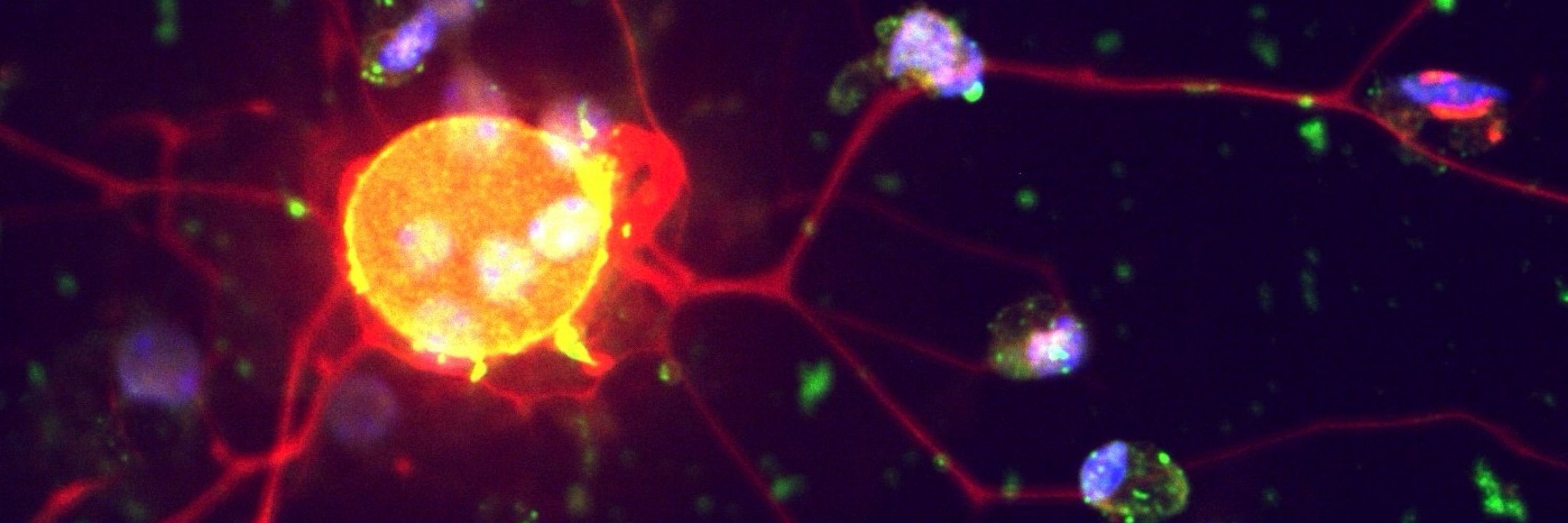
Neuro nerd. Chronic illness realist.
I believe rest is power, science is for everyone, and the body knows more than we’re taught to trust.
Usually through blood samples - looking for proteins, cytokines, or other molecules.
It's still early days in the pain field, but blood-based biomarkers may one day help personalize pain treatments.
#HealthResearch #ChronicPain
Usually through blood samples - looking for proteins, cytokines, or other molecules.
It's still early days in the pain field, but blood-based biomarkers may one day help personalize pain treatments.
#HealthResearch #ChronicPain


The study shows that inflammation is the earliest shift in diabetic nerve damage.
Controlling it early may prevent the cascade.
This opens a window for preventive intervention.
The study shows that inflammation is the earliest shift in diabetic nerve damage.
Controlling it early may prevent the cascade.
This opens a window for preventive intervention.
This work reveals a progressive cascade:
🧱 Perineurial disruption →
🔥 Immune infiltration →
🧵 Fibrotic remodeling →
📉 Schwann cell loss
Each stage offers a window for intervention.
This work reveals a progressive cascade:
🧱 Perineurial disruption →
🔥 Immune infiltration →
🧵 Fibrotic remodeling →
📉 Schwann cell loss
Each stage offers a window for intervention.
Inflammation dominates: IL6, IL1B, CXCL2 were upregulated in DPN nerves
Fibrosis follows: TGF-β and Tenascin signaling increased in late-stage axonal loss
Sensory nerves are hit hardest, especially the sural nerve
Inflammation dominates: IL6, IL1B, CXCL2 were upregulated in DPN nerves
Fibrosis follows: TGF-β and Tenascin signaling increased in late-stage axonal loss
Sensory nerves are hit hardest, especially the sural nerve
The team collected human tibial and sural nerves from patients with and without diabetic peripheral neuropathy (DPN).
Using bulk and spatial transcriptomics, they mapped gene activity and tracked inflammation, cell types, and axonal mRNA transport.
The team collected human tibial and sural nerves from patients with and without diabetic peripheral neuropathy (DPN).
Using bulk and spatial transcriptomics, they mapped gene activity and tracked inflammation, cell types, and axonal mRNA transport.

